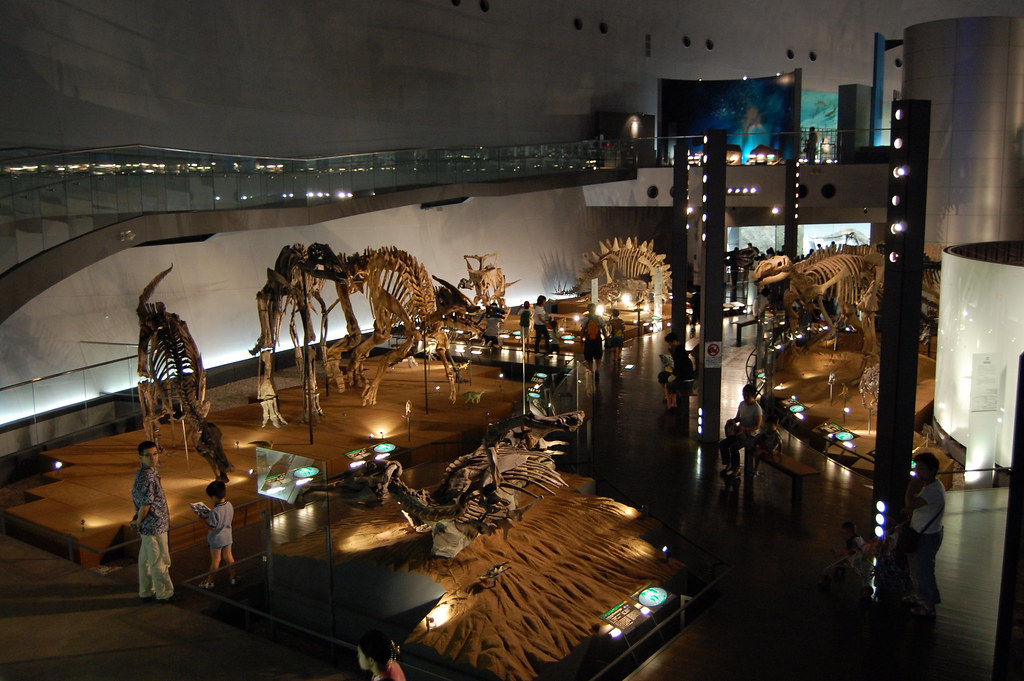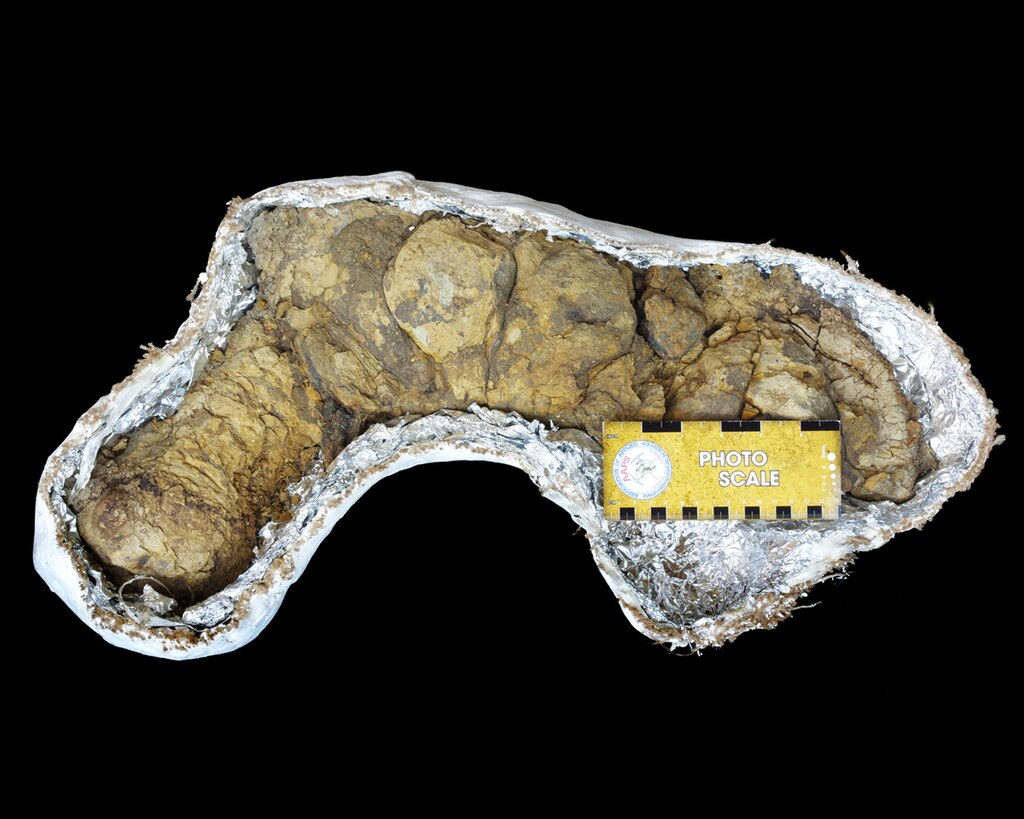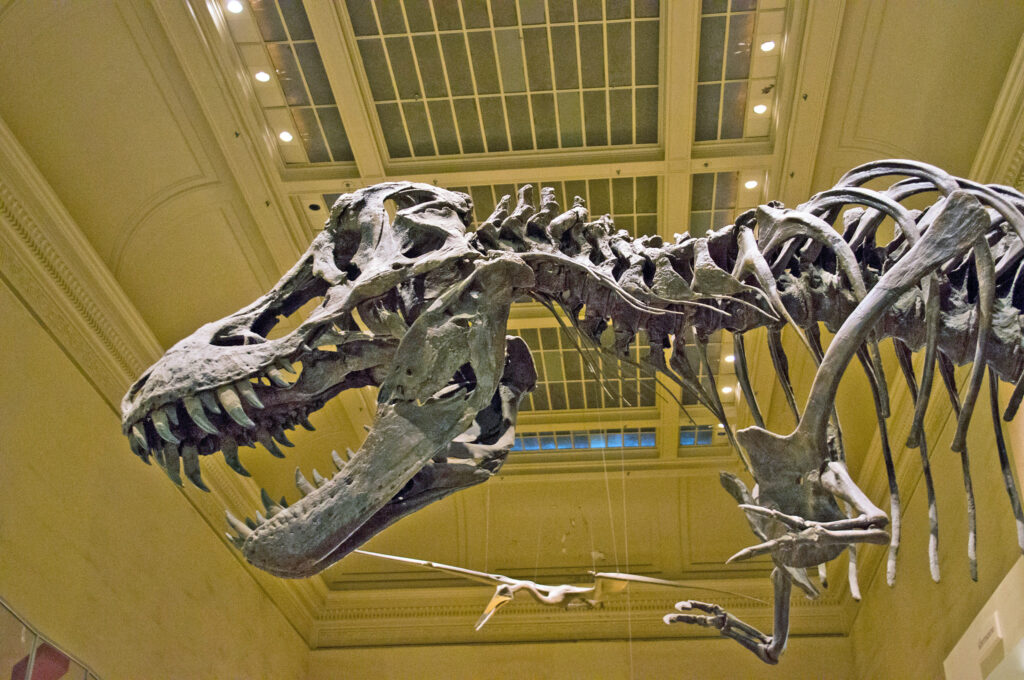Nestled in the scenic landscapes of central Japan, the Fukui Prefectural Dinosaur Museum stands as a testament to both paleontological excellence and innovative museum design. This world-class institution has transformed a rural prefecture into an international destination for dinosaur enthusiasts and casual visitors alike. What sets this museum apart isn’t just its impressive collection of fossils but its pioneering approach to exhibition, research, and community engagement. Through a unique blend of scientific rigor, technological innovation, and cultural sensitivity, the Fukui museum has redefined what a natural history museum can be in the 21st century. Its story offers valuable insights into how specialized museums can thrive and contribute to both scientific advancement and regional development.
The Geological Heritage of Fukui Prefecture
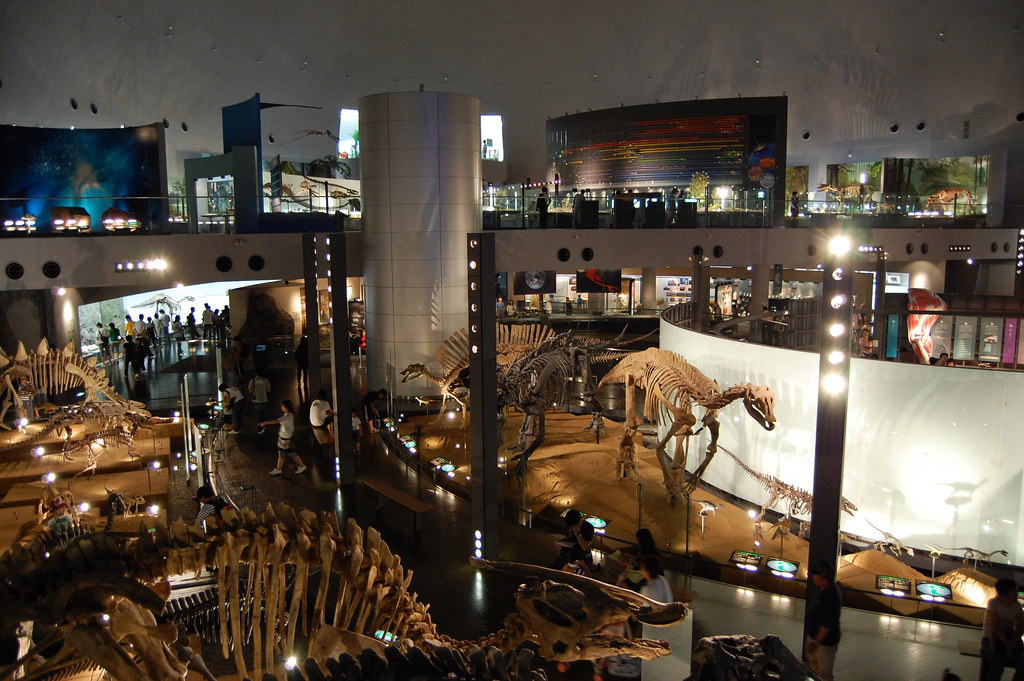
Fukui Prefecture boasts an extraordinarily rich paleontological record that forms the foundation of the museum’s significance. The region’s Kitadani Formation, dating back to the Early Cretaceous period approximately 120 million years ago, has yielded numerous significant dinosaur fossils including Fukuiraptor, Fukuisaurus, and most famously, Fukuititan nipponensis. These discoveries weren’t random occurrences but the result of Fukui’s unique geological history, where ancient river deltas created perfect conditions for fossil preservation. The sedimentary layers in this region have maintained exceptional fossil integrity, allowing paleontologists to uncover not just bones but sometimes skin impressions, eggs, and traces of soft tissues. This geological bounty provided the natural resource upon which the museum would build its international reputation, transforming what might have remained local natural history into a global scientific treasure.
Architectural Innovation: Building for Discovery

The museum’s distinctive architecture immediately signals its commitment to innovation. Designed by renowned architect Kisho Kurokawa, the building itself embodies a philosophical approach to paleontology. Its dome-shaped central exhibition hall, reminiscent of both an ancient egg and a futuristic research facility, creates an immersive environment that transports visitors across time. The structure’s 4,500 square meters of exhibition space is thoughtfully organized to guide visitors through Earth’s prehistoric eras while maintaining scientific accuracy and narrative cohesion. Floor-to-ceiling windows strategically frame the surrounding Katsuyama mountains, connecting the indoor exhibits with the very landscape where many of the museum’s specimens were discovered. This architectural thoughtfulness extends to the research facilities, where laboratories feature state-of-the-art equipment for fossil preparation and analysis, allowing visitors glimpses of actual paleontological work in progress through observation windows. The building thus serves not merely as a container for artifacts but as an active participant in the educational experience.
Beyond Static Displays: Interactive Learning Environments
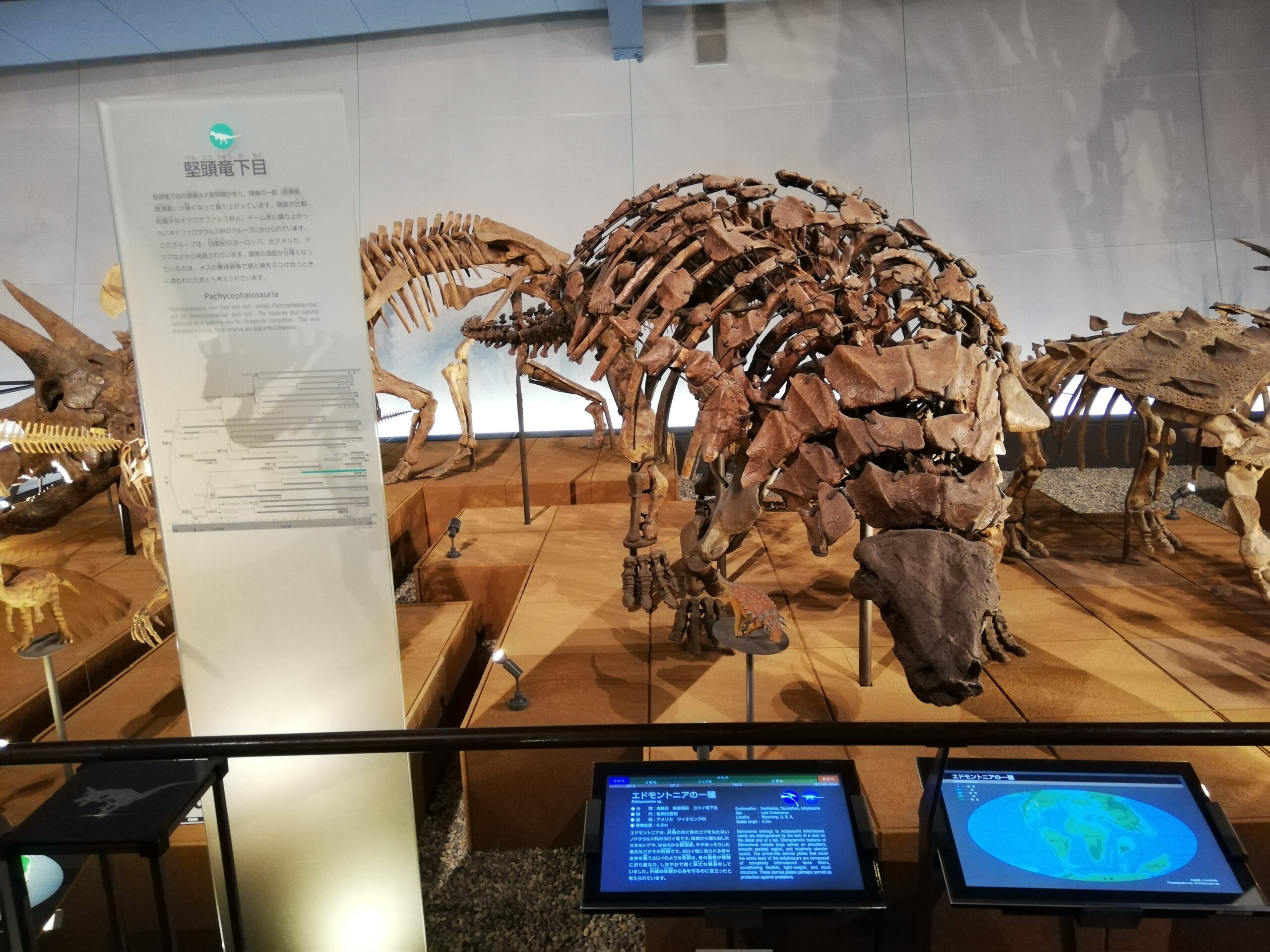
What truly distinguishes the Fukui Prefectural Dinosaur Museum is its rejection of the traditional “fossils behind glass” approach. Instead, visitors encounter a dynamic learning environment where technology and hands-on experiences complement the physical specimens. Life-sized animatronic dinosaurs with startlingly realistic movements and sounds create immediate emotional connections, particularly for younger visitors. These mechanical marvels are scientifically accurate, updated regularly to reflect new paleontological findings about posture, movement, and appearance. The museum’s “Dino Lab” allows visitors to participate in simulated fossil excavations, using proper tools and techniques under expert guidance. Advanced touchscreen displays throughout the exhibition halls enable visitors to manipulate 3D models of fossils, revealing internal structures and comparing specimens across species and time periods. These interactive elements transform passive observation into active discovery, making complex scientific concepts accessible to visitors of all ages and backgrounds.
Research Excellence: From Local Digs to Global Significance

The Fukui museum distinguishes itself through its dual commitment to public education and cutting-edge research. Unlike some display-focused institutions, Fukui maintains active paleontological research programs led by internationally recognized scientists. The museum’s research team regularly conducts field expeditions both locally and internationally, with significant work in Mongolia, China, and Canada expanding their collection and comparative knowledge. Their laboratory facilities include advanced imaging technology such as CT scanners specifically calibrated for paleontological specimens, allowing non-destructive analysis of internal fossil structures. This research focus produces a steady stream of peer-reviewed publications in prestigious scientific journals, establishing the museum as a contributor to paleontological knowledge rather than merely a showcase for it. The museum’s annual scientific symposium attracts researchers from around the world, creating a forum for exchange that keeps the institution at the forefront of dinosaur science and ensures that its exhibitions reflect current understanding rather than outdated information.
Digital Innovation: Bringing Fossils to Life

The Fukui museum has embraced digital technology as a core element of its educational mission, not as a gimmick but as a substantive tool for understanding. Their proprietary app “DinoAR” allows visitors to point their smartphones at fossil displays and see augmented reality reconstructions of the living animals in their natural environments, complete with scientifically accurate behaviors and ecosystems. The museum’s 3D digitization program has created detailed scans of their entire collection, making these resources available to researchers worldwide and enabling the creation of exact replicas for study and exhibition. Their 4D theater presents immersive paleoenvironmental reconstructions that engage all senses, with temperature changes, scent releases, and vibrating seats synchronizing with high-definition visuals to transport visitors to ancient Fukui. The museum’s YouTube channel features regular “Paleo Lab” sessions where staff paleontologists demonstrate research techniques and discuss new findings, extending the museum’s educational reach far beyond its physical location. This digital-first approach has proven particularly valuable during pandemic restrictions, allowing the museum to maintain educational connections even when physical visits were limited.
Conservation and Preparation: Setting New Standards
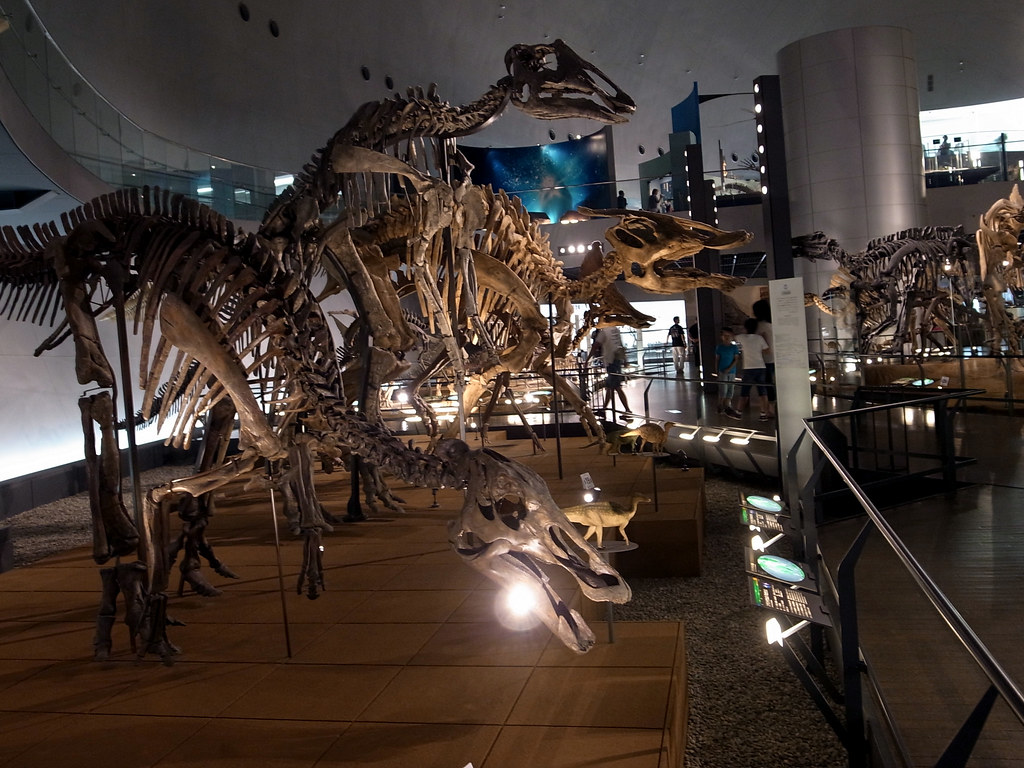
The Fukui museum has pioneered techniques in fossil preparation and conservation that have influenced institutions worldwide. Their preparation laboratory, visible to visitors through glass walls, employs specialized air abrasion tools developed in collaboration with industrial engineers to remove matrix rock from delicate fossils with unprecedented precision. The museum’s conservation team has developed proprietary methods for stabilizing fragile fossils using materials that are both effective and reversible, ensuring specimens remain available for future study with more advanced techniques. Their climate-controlled storage facilities maintain optimal temperature and humidity for fossil preservation while minimizing energy consumption through innovative design. The museum conducts regular workshops on fossil preparation and conservation techniques, training staff from other institutions across Asia and establishing Fukui as a center of excellence in this specialized field. These technical innovations may seem less glamorous than public exhibitions, but they represent critical contributions to paleontological practice that ensure the long-term preservation and study of irreplaceable fossil evidence.
Educational Programming: Nurturing Future Paleontologists
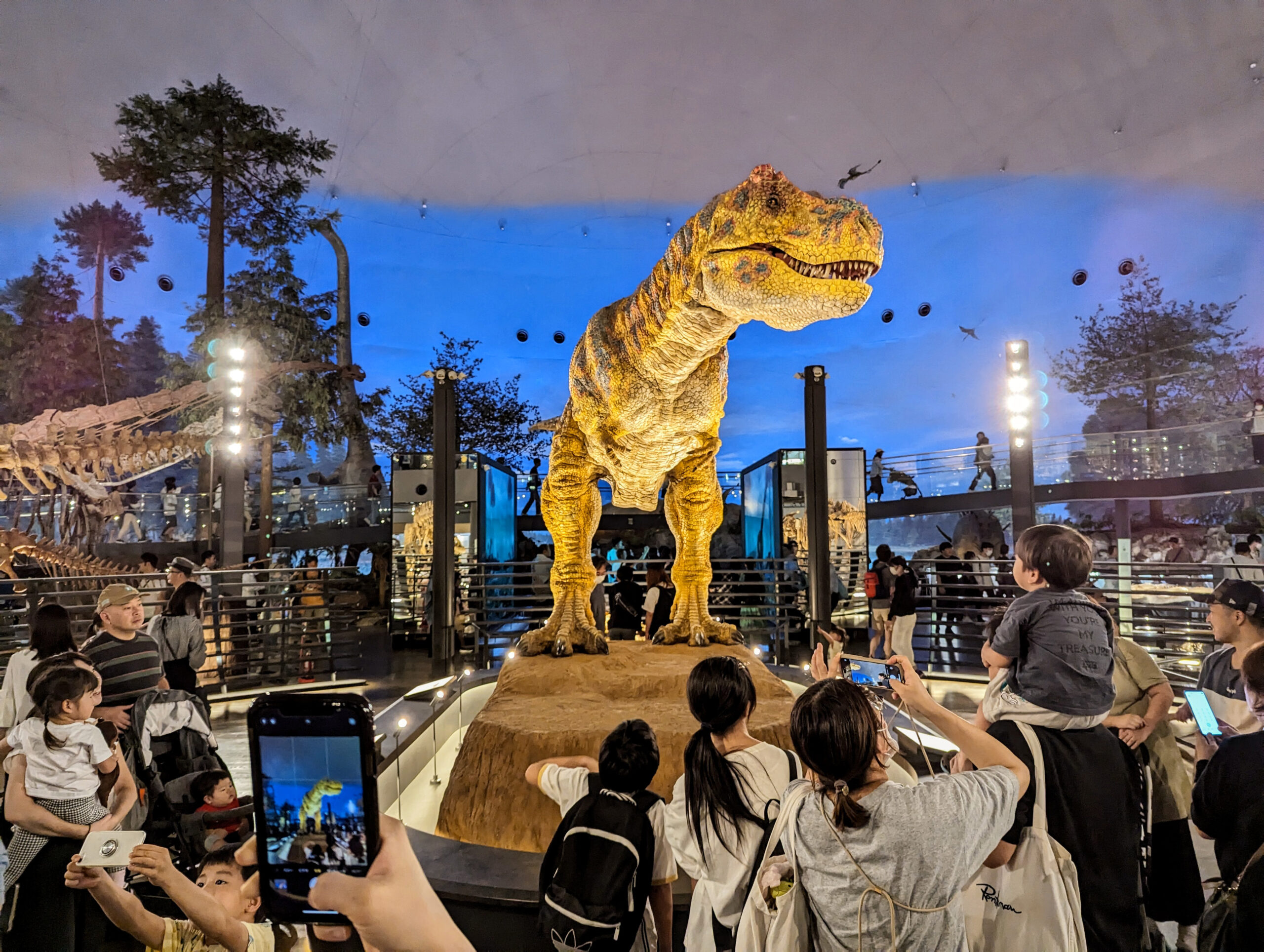
Education at the Fukui museum extends far beyond casual visits, encompassing structured programs for diverse audiences. Their “Junior Paleontologist” program engages elementary school students in year-round activities including fossil hunting, laboratory techniques, and scientific documentation, creating sustained interest rather than one-time experiences. For secondary students, the museum offers more advanced workshops on comparative anatomy and evolutionary biology, using dinosaurs as engaging entry points to broader scientific concepts. Their teacher training programs provide educators with resources and methodologies for incorporating paleontology into standard curricula, extending the museum’s impact into everyday classrooms. The museum’s partnership with Fukui University includes undergraduate internships and graduate research opportunities, creating a pipeline for developing professional paleontological expertise in Japan. Senior citizens participate in the museum’s “Fossil Volunteers” program, receiving training to assist with excavations and preparation while contributing valuable community knowledge about local sites. This comprehensive educational approach ensures the museum serves not just as a destination but as an ongoing resource for scientific learning at all levels.
Community Integration: Rooting Science in Local Culture
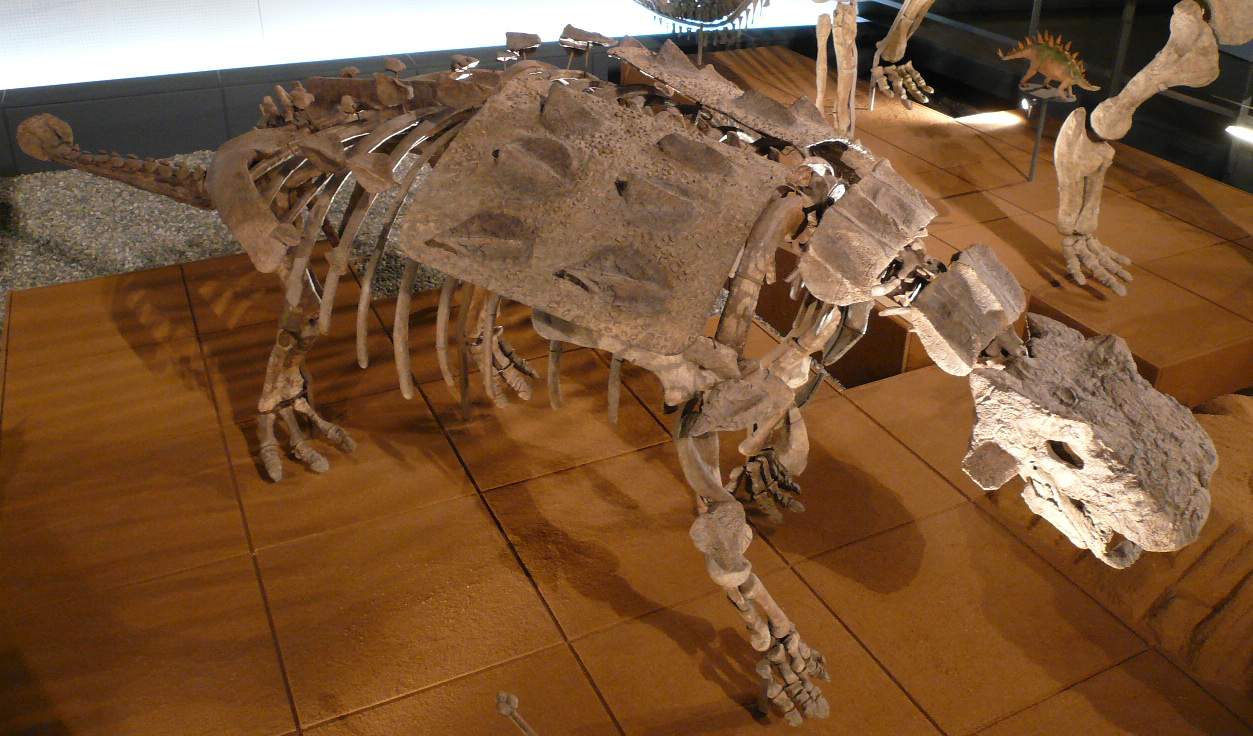
Unlike some institutions that exist in isolation from their surroundings, the Fukui museum has deliberately integrated itself into the regional cultural fabric. The museum regularly collaborates with local artists to create dinosaur-themed public artwork throughout Katsuyama City, transforming the entire region into an extension of the museum experience. Annual festivals combine traditional Japanese cultural elements with paleontological themes, such as the summer “Dino Matsuri” featuring both scientific demonstrations and traditional performances. Local restaurants offer special “Dino Meals” based on paleobotanical research about Cretaceous-era plants that would have grown in ancient Fukui, creating culinary experiences tied to scientific education. The museum provides specialized training for local tour guides and hospitality workers, ensuring visitors receive accurate information throughout their stay in the region. This community integration has generated strong local support for the museum and its research activities, with residents proudly identifying as stewards of an important scientific heritage. The economic benefits of dinosaur tourism have reinforced these connections, creating a virtuous cycle of community engagement and institutional success.
International Collaborations: A Global Network

The Fukui museum has established itself as a hub for international paleontological collaboration, extending its influence far beyond Japan. Their ongoing partnership with Mongolia’s Institute of Paleontology has produced several joint expeditions to the Gobi Desert, resulting in significant discoveries and strengthening scientific ties between the countries. The museum maintains specimen exchange programs with institutions including the Royal Tyrrell Museum in Canada and the Natural History Museum in London, ensuring their collection includes comparative materials from diverse global locations. Their annual international symposium “Dinosaurs of Asia” brings researchers from across the continent to share findings and develop collaborative projects, fostering regional scientific cooperation. The museum has developed traveling exhibitions that have toured museums in Europe, North America, and throughout Asia, extending their educational reach and building institutional relationships. These international connections ensure the museum remains at the forefront of paleontological science while providing visitors with a truly global perspective on dinosaur evolution and diversity.
Economic Impact: Dinosaur Tourism as Regional Development
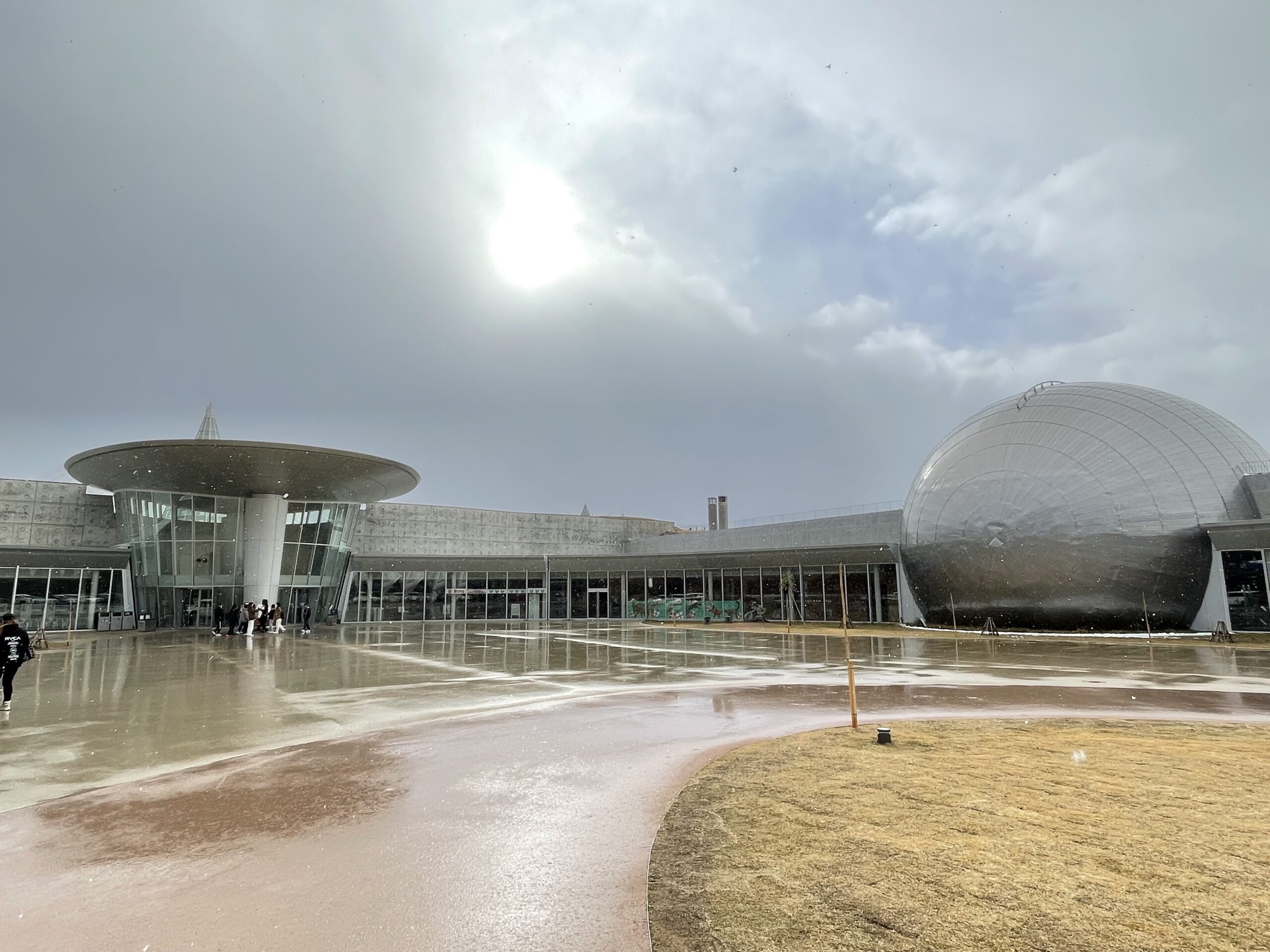
The museum has transformed Fukui Prefecture’s economy through its development of sustainable dinosaur tourism. Visitor numbers have increased from approximately 50,000 annually before the museum’s establishment to over 900,000 in recent years, creating significant direct revenue through admissions and museum shop purchases. The average visitor stay in the region has extended from hours to days as the museum has developed satellite attractions such as excavation sites open to public viewing and hiking trails featuring dinosaur-themed learning stations. Local employment has benefited substantially, with hundreds of jobs created not just within the museum but in supporting hospitality, transportation, and retail businesses. Property values in Katsuyama City have increased by approximately 15% since the museum’s expansion, reversing previous rural depopulation trends. The museum has attracted complementary businesses including specialized scientific tourism companies and educational technology startups, creating an innovation cluster in this formerly agricultural region. This economic transformation demonstrates how specialized scientific institutions can drive sustainable regional development while advancing their core educational and research missions.
Sustainability Practices: A Forward-Looking Institution
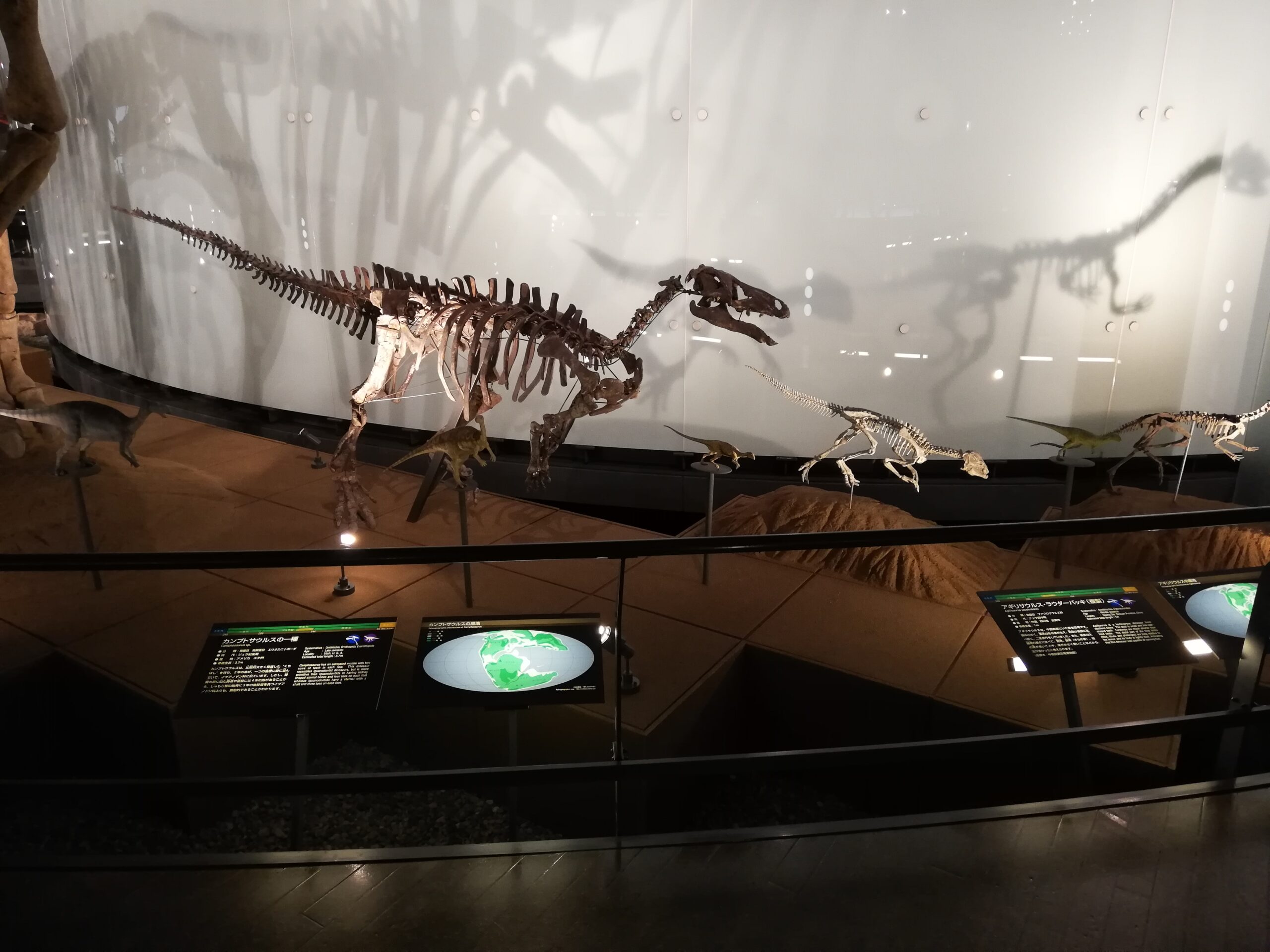
The Fukui museum has incorporated environmental sustainability into both its operations and its educational messaging. The building itself features geothermal heating and cooling systems that minimize energy consumption while maintaining precise climate control for fossil preservation. Rainwater collection systems supply the museum’s water features and landscape irrigation, reducing resource demands and demonstrating conservation principles. The museum’s exhibitions explicitly connect paleontological knowledge about past extinction events to current climate change concerns, using dinosaurs as compelling examples of how environmental shifts impact biodiversity. Their “Future Earth” gallery presents scientific models of potential climate scenarios alongside possible mitigation strategies, connecting prehistoric studies to contemporary environmental challenges. The museum’s café sources ingredients from local farms using sustainable agricultural practices, reducing carbon footprint while supporting regional producers. These sustainability initiatives position the museum not just as a window to the past but as an institution concerned with the planet’s future, demonstrating that scientific and environmental values can reinforce each other.
Accessibility Innovations: Science for Everyone

The Fukui museum has pioneered approaches to making paleontological education accessible to diverse audiences, regardless of physical, cognitive, or cultural differences. Their tactile exhibition components include accurately scaled 3D-printed fossil replicas specifically designed for handling by visitors with visual impairments, accompanied by detailed audio descriptions. Exhibition texts are presented at multiple comprehension levels, with simplified versions for children and non-specialists alongside more technical information for advanced visitors. Sign language interpretation is available through both scheduled guided tours and an innovative video app that provides on-demand signed explanations of each exhibit. The museum’s “Sensory Hours” program offers modified lighting and sound environments for visitors with sensory sensitivities, making the space accessible to those with autism spectrum conditions. All exhibition content is presented in multiple languages including Japanese, English, Chinese, Korean, and Spanish, reflecting the museum’s increasingly international visitorship. These accessibility initiatives demonstrate the museum’s commitment to inclusive science education and have been studied and adopted by other institutions seeking to broaden their audiences.
Future Directions: Evolving with Science
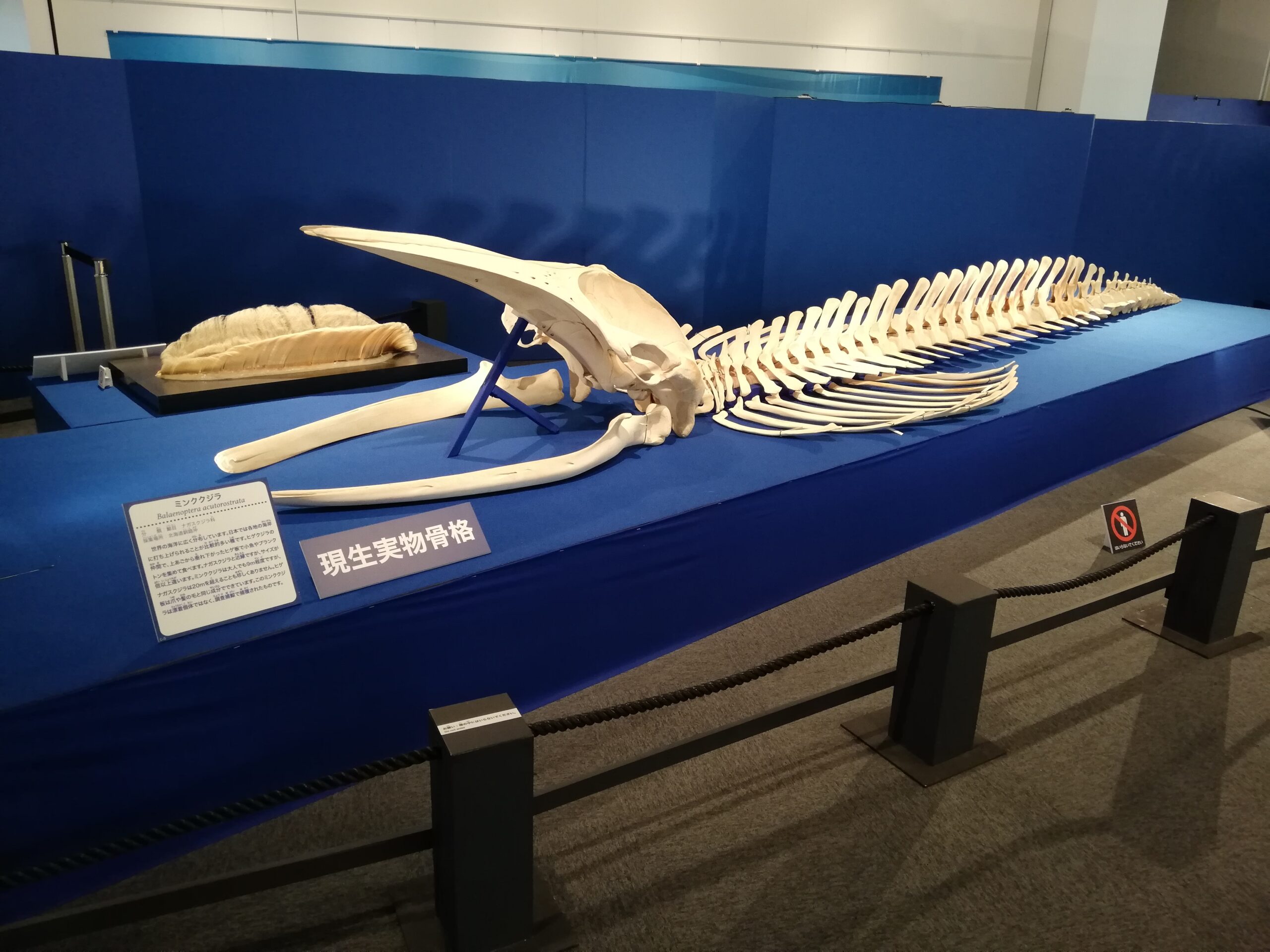
As paleontology advances, the Fukui museum continues to evolve its approaches and facilities. Their upcoming expansion will include a new “Genomic Prehistory” laboratory focusing on ancient DNA analysis, attempting to extract genetic material from exceptionally preserved fossils in their collection. The museum has partnered with robotics engineers to develop next-generation fossil preparation tools that use machine learning to distinguish fossil material from matrix rock with unprecedented precision. Their planned “Earth Systems” gallery will place dinosaur evolution in broader context, exploring how geological, atmospheric, and biological systems interact over evolutionary time scales. The museum’s research team is currently developing protocols for using isotope analysis to reconstruct ancient Fukui climate patterns, connecting local paleontology to global climate history. These forward-looking initiatives ensure the museum remains not just a repository of past discoveries but an active contributor to emerging scientific knowledge and methodologies. By embracing continuous innovation while maintaining rigorous scientific standards, the Fukui Prefectural Dinosaur Museum demonstrates how specialized institutions can remain relevant and impactful in a rapidly changing scientific landscape.
Conclusion: A Model for Specialized Museums

The Fukui Prefectural Dinosaur Museum stands out as more than just an exceptional repository of fossils; it represents a comprehensive approach to how specialized scientific institutions can function in the modern world. By integrating cutting-edge research, innovative exhibition techniques, community engagement, and sustainable practices, the museum has created a model that transcends traditional categories. It functions simultaneously as a research center, educational institution, cultural landmark, economic driver, and conservation facility. The museum demonstrates that scientific specialization need not mean isolation or irrelevance but can instead serve as a foundation for broad engagement and impact. As museums worldwide face challenges of funding, relevance, and purpose, Fukui offers valuable lessons about how deep focus on a specific scientific domain, when approached with creativity and openness, can generate wide-ranging benefits. The dinosaurs that once roamed Fukui Prefecture have, through this remarkable institution, become bridges connecting past and future, science and society, local identity and global knowledge.

